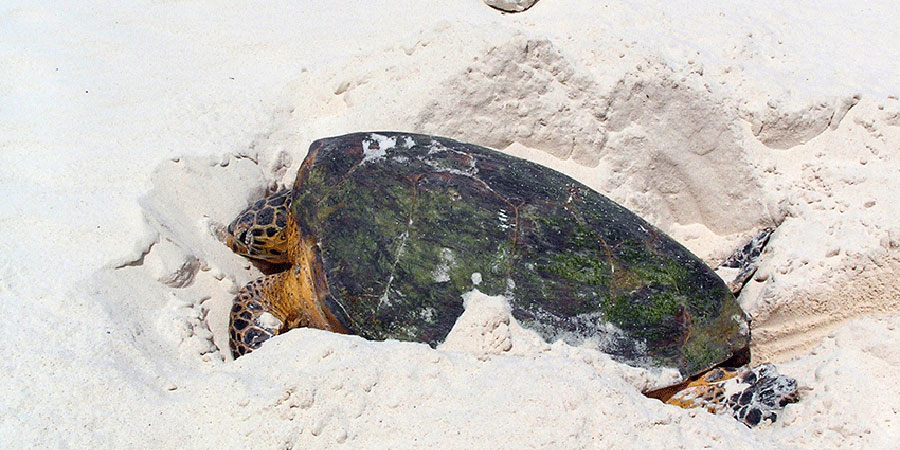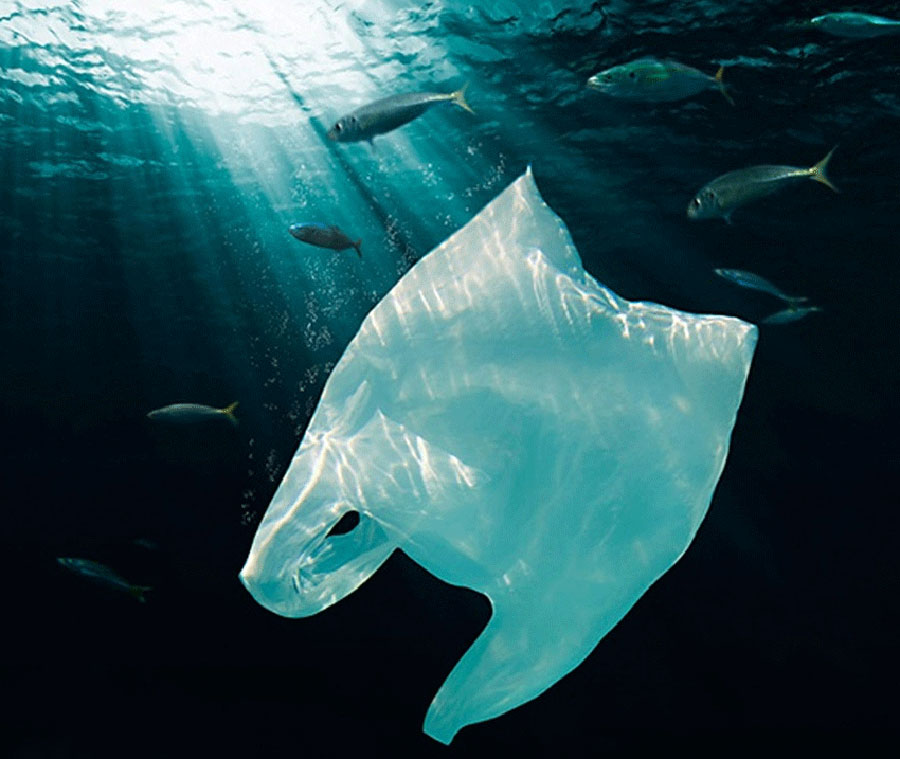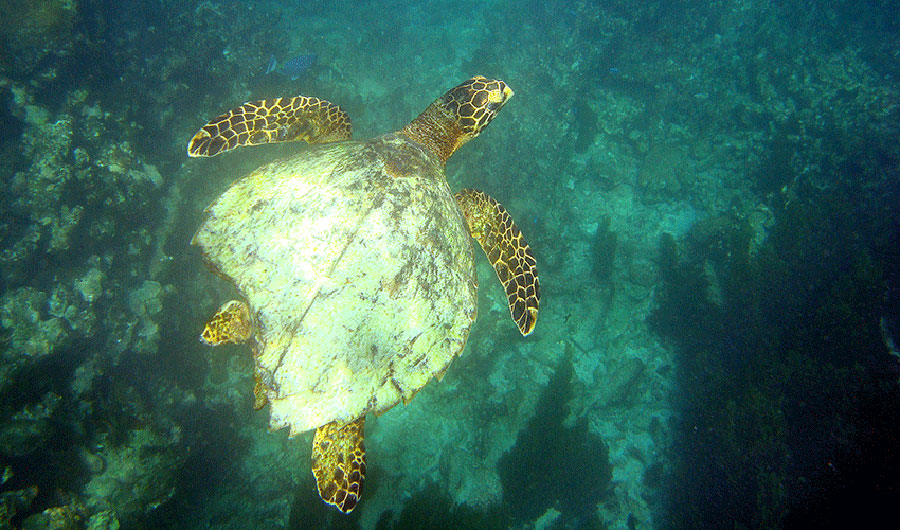
The Hawksbill turtle (Eretmochelys imbricata) is a relatively small species of marine turtles inhabiting tropical waters around the world. Hawksbills are classified as critically endangered according to the International Union for Conservation of Nature (IUCN) Red List.
That said, Cousin Island Special Reserve, a Marine Protected Area (MPA) is the largest breeding site for Hawksbill turtles in the Western Indian Ocean; a result of years of conservation efforts by Nature Seychelles which manages the Island.
Loving the ocean as much as I do, I spend the majority of my free time as a volunteer on Cousin Island snorkeling in the pristine waters that surround the island. The happiness and immense satisfaction that overwhelms me whilst watching these beautiful reptiles glide past with their painted carapaces glinting in the threads of sunlight that penetrate the surface of the ocean, is indescribable.
The major decline in the Hawksbill population in the last century is primarily attributed to the trade in their carapaces (the hard upper shell of turtles). Being brightly colored and intricately designed, the shell of the hawksbill was for many years traded internationally in large numbers for ornamental purposes. Despite the ban on trade of their shells, there is unfortunately, still a thriving black market.

Other threats to these marine reptiles include illegal fishing practices such as dynamite fishing, where every marine creature unfortunate enough to be in close proximity to the site of explosion is either stunned or killed. Trawling, where hundreds of these animals are caught indiscriminately as “by catch” is also a major threat to the survival of hawksbills.
Pollution and destruction of their nesting and feeding sites is another factor that has a large impact upon the survivability of this beautiful species. Another threat to the hawksbills, albeit minor compared to illegal fishing practices and pollution, is injuries caused by propellers when they come too close to boats.
Natural predation by large marine carnivores such as sharks becomes an additional threat to hawksbills’ survival because of the destructive man-made threats.

A resident of the waters surrounding this granitic island of Cousin is a Hawksbill with a rather uncommon deformity. Seen repeatedly by the volunteers and wardens on our numerous snorkeling trips, this particular turtle is missing the lower left side of his body.
At first glance, it looked like a hungry tiger shark had decided to take a bite at him, but unlike the jagged wounds characteristic of shark bites this injury was smooth and evenly rounded hence drawing us to the conclusion that the wound was probably from a boat propeller.
Despite having lost function of his left flipper the turtle seems to be doing just fine. Lazing in beds of sea grass and swimming through the shallow waters surrounding the island, this particular turtle is indeed fascinating evidence of how resourceful nature can be if it is just given a chance and a safe place to recuperate; as is the case with the 400 meters of protected waters around Cousin.
Sumer Rao

